A technology like WiFi is not new to Russians. Wireless Internet access is present in so many apartments. However, a large number of users are not very good at how Wi-Fi works and what a device like a router is.
Knowing the characteristics of this device, as well as the principles of its operation, can become a serious help for owners of home Internet networks. In case of any technical malfunctions, you will not have to contact specialists. If you need to replace the router or buy a new one, then the prepared user will have a useful knowledge base regarding this device. So, we study the specifics of wireless Internet connections. We study the criteria to understand how to choose a wifi router with an optimum set of characteristics. Yes, and in the price segment we need.
What is a WiFi router?
A router, or router (these are synonyms), is a device that can integrate several computers (or other devices) into a network. In practice, this function is most often used to organize simultaneous access of devices to the Internet. For a long time, the operation of routers was carried out on the basis of wired technologies. Modern routers are able to connect computers to a network using wireless WiFi technology. Although traditional router models do not lose relevance.
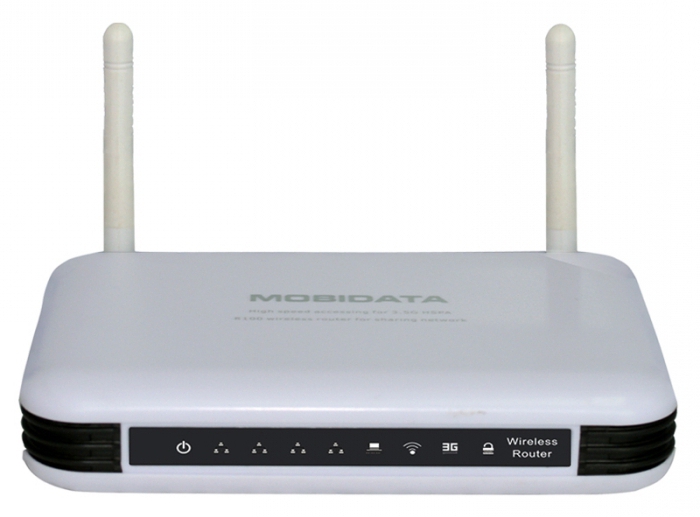
How to choose a WiFi router based on the technological and operational characteristics of the device? What to look for first?
Criteria for choosing a Wi-Fi router
As key criteria for choosing the optimal router model, experts name a number of characteristics that we will now list. It should be noted right away - very few of these parameters are indicated by device manufacturers. Moreover, not every one of them is measurable. Therefore, these criteria are nothing more than indicative. But at the same time, important in terms of understanding how to choose a WiFi router with optimal characteristics.
Choosing a router: support for communication technologies is important
Now 4 main channels of connection to the World Wide Web are widespread: DSL, “fiber”, Ethernet and mobile communications (3G or 4G). Accordingly, it is important not to mistakenly select a device that is not designed for the type of connection over which the user goes online. The main criterion for choosing a WiFi router for an apartment is the compatibility of the device with the current online communication channel.
Signal strength is important
Manufacturers of routers almost never indicate specific values for this parameter. Therefore, IT experts recommend paying attention to an indirect sign: the number of antennas.
If there are two or three of them on the device, then the signal power and communication range will be higher than on a similar device with one antenna.
Data protection is important
Wi-Fi networks are usually accessed with a password. Allowing users to connect to the router in free mode is highly undesirable. In securing wireless connections, password complexity is not the most important security condition. The most important thing is that the device supports modern encryption technologies (such as TKIP, AES, WPA2).
Some experts highlight another specific characteristic of routers - stability. The fact is that any radio signal is subject to various interference. Device manufacturers are trying to introduce modules into their product configurations that can improve the stability of signal delivery and reception. But information about the technologies used in this direction is rarely advertised by brands.It is understandable: it is almost always a trade secret. Therefore, the stability of the device, as a rule, is detected only during its practical operation. At the stage of choosing a router, it is very difficult to understand how stable a particular model will work.
There is another parameter that IT experts single out - the speed of the router. However, many experts believe that with regard to this characteristic, most modern routers are configured the same. There is an unofficial standard according to which the nominal speed of wireless connections within the same network should be 100 megabits per second. In practice, of course, the meanings may be different. Actual speed is generally less. But, just as in the case with the previous feature, it is problematic to identify how fast a particular router will be at the stage of its purchase.
Overview of routers in different price segments
IT experts distinguish three conditional price segments in which Wi-Fi routers are sold: low-budget, standard and premium. If the question is how to choose a WiFi router for an apartment, then, as a rule, the financial component is important. The family budget is usually optimized.
Devices sold in each of the price segments differ mainly in configuration and functionality. The cheapest ones contain a minimum set of features. More precisely, one: the "distribution" of the Internet to several devices on the same network. There are usually no additional slots or connectors on low-budget routers. Devices belonging to the standard price segment may have additional functions (such as, for example, the ability to connect a TV via IPTV). Premium routers can support a wide range of technologies. This may be, for example, the ability to connect an external USB-drive to record important data.
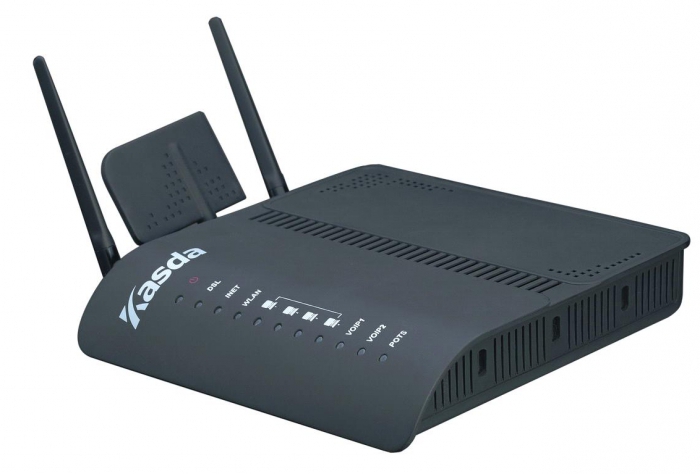
So you need a WiFi router. Which is better to choose from a huge number of models and modifications? Many IT experts agree that a particular brand and brand do not matter in terms of home use of the device. The fact is that, no matter how intensive the operation of the device in an apartment, loads comparable to “production” are unlikely: dozens of different devices can be connected to routers in offices and industrial enterprises. The operation of the product will be incomparably more intense than at home. Therefore, for the apartment we choose the most inexpensive router, based on the minimum required characteristics.
In turn, if the question is how to choose a WiFi router for the office, especially when it comes to a large industrial enterprise, then you should not save on anything. Just because any malfunction in the company's computer network can cause direct losses. A business WiFi router must be an expensive and reliable device.
How to connect a router?
The next step after the purchase is to connect a WiFi router. Depending on the configuration of a particular device, the user can use a variety of ways to connect the device and the PC.
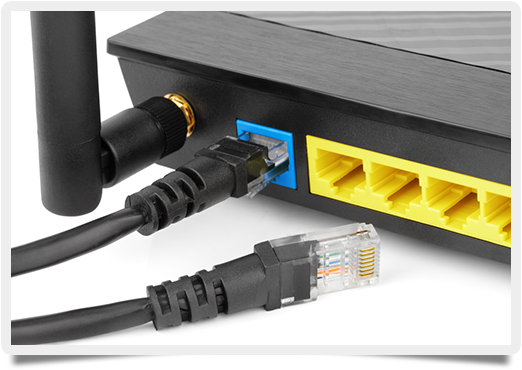
Consider a scenario using an example of connecting a router from among devices of a standard price segment.
The back panel of Wi-Fi routers with a typical set of features usually contains the following connectors:
- for cable from power supply;
- for wire from the internet;
- ports for Ethernet-connection to a PC;
- the so-called Reset button (hardware reset to factory defaults).
You must connect the router to power and an Internet cable before connecting the device to a PC.
First, insert the cable from the power supply into the appropriate connector. Then we turn on the device in the outlet and wait until the indicator on the front panel of the router lights up, signaling that the device is on.
Then we bring the Internet connection cable to the device. After that, we connect the router and the PC (which should be turned off at that moment) using an Ethernet cable (the so-called “twisted pair”). Turn on the computer. We are waiting for the OS to load.
How to set up a router and Wi-Fi network?
Choosing a WiFi router for your home and connecting it is just the first steps to creating a local network infrastructure in your apartment. The next task of the user is to configure the device.
We can say that the manufacturers of routers did everything possible so that users spent a minimum of effort on preparing the device for work. In particular, most router models do not require driver installation. It doesn’t matter which operating system is controlled by the PC to which the WiFi router is connected - Windows 7, or, for example, Windows NT. Almost always after connecting to a PC and downloading it, the device is ready to configure. It is carried out, as a rule, using the web interface preinstalled in the built-in memory modules of the router.
Accessing this interface is very simple. You need to open any browser (for example, Opera, Google Chrome, Internet Explorer, Mozilla, etc.) and enter the following number combination in the address bar (where the site names fit): 192.168.1.1. This is the IP address of the router. It, of course, may differ from one device to another. But on most devices, the IP address is just that. If this is not the case, you should open the manual that comes with the router and read which numbers you need to enter for a specific device model.
After entering the IP address of the device, you must enter the administrator login and password. On the vast majority of routers, both parameters are standard and are written the same way: admin. On some models, the username is replaced with the word root, but the password is usually also admin. If standard words are not suitable for a specific device, then we will again read the user manual.
The next step is to set up a wireless network. In the web interface window, you should find the section that contains the word Wi-Fi. Entering it, the user will be able to create a wireless network. Depending on the configuration of a specific web interface, this process can be carried out both in the “wizard” mode (when the computer will successively request each of the parameters) and in the “single window” format (when the user will have to enter all the necessary data on one page) .
There is nothing complicated in either version. The typical types of data to be entered are as follows.
- Network name (SSID). It can be absolutely anything (but in English letters). The main thing is that this parameter does not coincide with the SSID of any other Wi-Fi network, which can, for example, be run by neighbors.
- Password: The longer and harder the better. Minimum - 8 characters.
- Choosing data encryption technology. It is better to choose options that contain the abbreviation WPA2. This encryption protocol is considered the most reliable. Only professional hackers can crack it. And if the password is long enough and complicated, then it will not be easy for them to connect to a secure Wi-Fi network.
It is usually not necessary to make changes to other parameters whose values are set in the router’s web interface by default.
After completing work with the Wi-Fi settings window, it is important to correctly save the changes that the user has made to the device’s software module. To do this, in the web interface you need to find the "save" (or save) button. After pressing it, the device usually reboots, and then launches a Wi-Fi network within the radius of the signal. You can enter it using the password specified in the settings.
Choosing a mobile router
Wireless routers are classified into those that are designed to work with fixed channels of Internet connection (DSL, “fiber”, Ethernet), and those designed to provide communication based on mobile technologies (3G, 4G). Very often, the question is how to choose a WiFi router related to the second type. In practice, such a need arises if the user is going to, for example, to a country house or out of town.It also happens that wired internet in an apartment cannot be carried out for technical reasons (as an option - the house has just been built and the communication infrastructure has not been connected to it).
How to choose a “mobile” router? WiFi-technology, implemented in combination with other wireless communication channels - how different are the principles of its operation from solutions based on traditional methods of accessing the Internet?
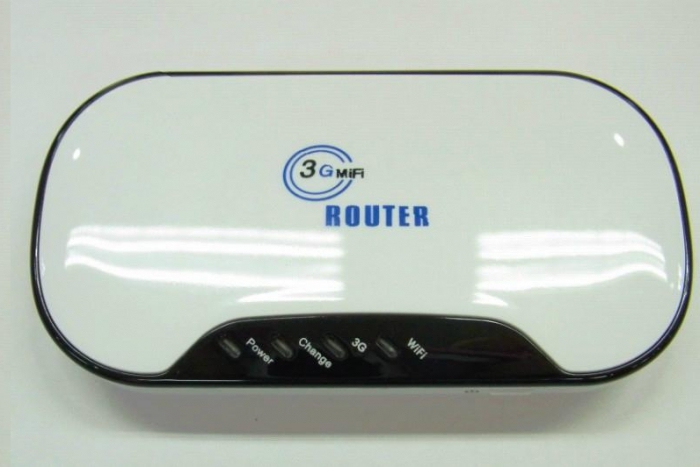
IT experts strongly recommend: before buying a router, you need to make sure that the services within the framework of the technologies supported by the device are fully provided by the mobile operator. There are frequent cases when a router designed to work in a 3G or 4G network has to be operated under the condition that the mobile operator provides only 2G communication in the region of use of the device.
"Mobile" routers are available in two main technological types. The first are fully mobile (USB devices). For their work does not require a connection to an electrical outlet, enough power that comes from the corresponding port on the computer. The second is partially mobile. Their work is possible only if they are constantly connected to a stationary power supply network (or to batteries). If a user thinks about how to choose a WiFi router for an apartment that does not yet have wired Internet, then it makes sense to pay attention to devices of this type.
Fully mobile routers are exceptionally good for use outside the city when traveling. In a word, where, at hand, with a high probability there will be no outlet. However, due to their technological specifics, completely mobile devices usually have a lower signal power. Therefore, it is recommended to use them subject to significant localization of use (within one room or two, separated by a not very thick wall). The radius of the signal will be relatively small.
In turn, partially mobile routers, as a rule, are equipped with additional antennas that are capable of “distributing” a signal over a large radius, as well as in the presence of obstacles. And therefore, if the question is how to choose a WiFi router for the home, devices of this kind are seen as the most optimal solution.
Mobile Routers: An Overview of Models
Consider several models of routers of the "mobile" type, recommended by IT experts as optimal in terms of price and quality. Connecting a WiFi router related to any of the listed brands is characterized by experts as a simple procedure.
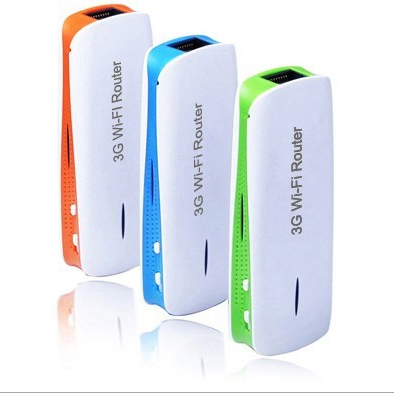
Many experts praise the ASUS WL-330 N3G. The main advantage of the device is called compactness. The dimensions of the device are minimal, it easily fits in the user's pocket. Connect and configure the router, as experts say, is very simple. The device belongs to the subtype of fully mobile. This router can receive power not only from the outlet, but also from the cigarette lighter in the car or from the computer’s USB port. The functionality of this device is such that it is possible to connect devices to the network not only via Wi-Fi, but also through wired Ethernet interfaces.
The TP-Link TLMR3040 router is interesting in that it comes with a battery. The manufacturer guarantees uninterrupted autonomous operation of the device for several hours. The device brand TRENDNet TEW-656BRG is noted as one of the most versatile. It supports a wide range of mobile communication technologies: 2G, 3G, WiMAX.
The device of the UPVEL UR-703 N3G brand can work not only from the socket and battery, but also from batteries of the NP120 type.
It is worth noting that the "mobile" communication technology is one of the most dynamically developing. If today 3G is a typical Internet access channel, then in the coming years, according to many experts, it will be replaced by a more technological 4G. Therefore, if you buy a “mobile” router, it makes sense to pay attention to the device’s support for advanced communication standards.In order to use the device when the mobile operator starts its services within them.
Now we have a basic set of knowledge that allows us to solve the problem of how to choose the right router. WiFi-connection, despite the high technology, easy to configure. The essence of the basic characteristics of modern routers is logical and understandable even to an inexperienced user. We realized that a WiFi router is a device that is very easy to install and configure.
The main advantage of Wi-Fi technology is its versatility. Wireless standards implemented in modern routers make it possible to network a wide range of devices. There is no problem with how to choose a WiFi router for your TV, tablet, smartphone. Just because all these devices do not need specific router models. Networking of devices is carried out using universal communication protocols. A router purchased for a PC will be guaranteed to be compatible with any other device.
